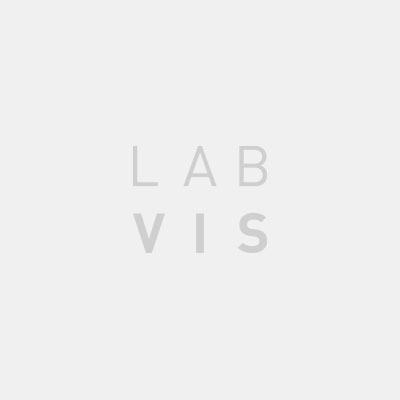Kosminksky, Doris; Cipiniuk, Alberto; Villas Boas, Glaucia. The innocent eye is blind. Constructing the modern visual culture. Rio de Janeiro, 2008. 306p. Ph.D Thesis – Departamento de Artes, Pontifícia Universidade Católica do Rio de Janeiro.
The time in which we live is instilled with an abundance of technological excess and sensorial stimuli in a symbionic construction In this period, which at times is interpreted as the peak of the modern project and of modernist culture, and at other times as a cultural stage after the post-modern culture, new technologies and their mediations are identified one by one as the decisive agents in transforming our vision of the world. Despite the technologies acting as a catalyst of certain consequences, they fail to characterize a condition accessible enough so as these transformations can be executed in any society or period. Our study suggests that the modern vision was constructed on a tripod composed of the technologies which shape space-time relations, the conventions which contributed to their understanding and naturalization, and a pedagogy which inculcates the opening to the new, so as to ensure that the resulting vision is
perpetuated. This study looks at the past, aiming to find continuous and contradictory aspects in relation to contemporary visual culture in a context where previous ways of seeing things are not simply overcome, but absorbed into the subsequent visions, in other words, in a layered construction. In such a context, we examined two moments or visions. Firstly, the cyclopic or classical vision, which was formed throughout the Renaissance, grounded on the convention of perspective and dispersed by printed engravings. Secondly, the panoramic vision, constructed as from the second half of the 19th century and based on urban transformations, the profusion of objects and images and the space-time compression generated by new technologies in transport and communication. This way of viewing the world, while creating new perspectives, also required a process of consolidation and standardization, which was carried out through the development of a pedagogy directed at industrial institutions and to the concept of progress. In this action, the Universal Expositions, which began in 1851, played an important role as a basically visual phenomenon. These exhibitions were aimed at a wide audience and also synthesized subsequently acquired experience with other technologies directed at the masses so as to gain the status of a show. From the point of view of a visual culture founded on a modern past, our research identifies the latest technologies which make distances even shorter, further accelerate our communications and allow new forms of human contact, as part of an extensive series of other transformations, which are generating a new vision. The overriding issue is in relation to the time at which we will have the precise measure of this transformation so as to use it to formulate new structural possibilities.
Summary
Chapter 1
Chapter 2
Chapter 3
Chapter 4
Chapter 5
Bibliographic References
